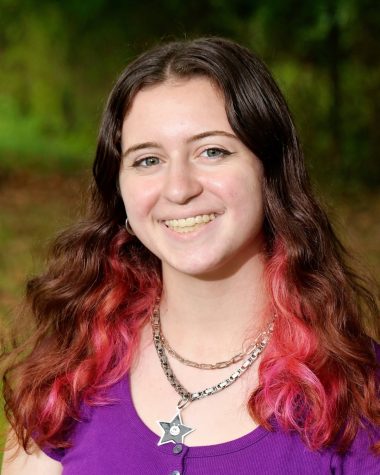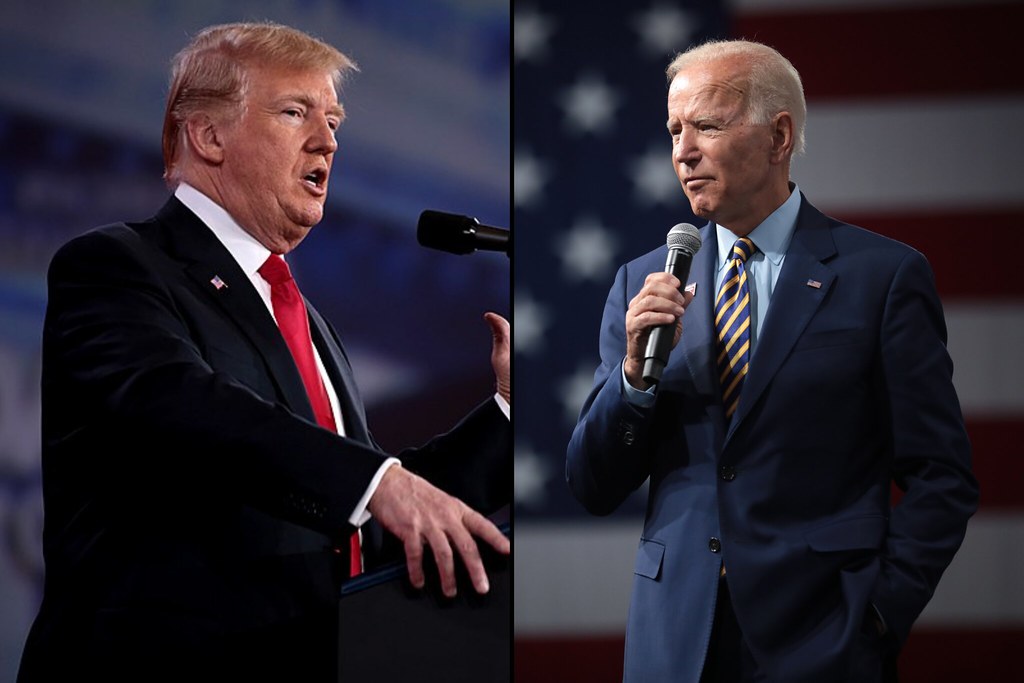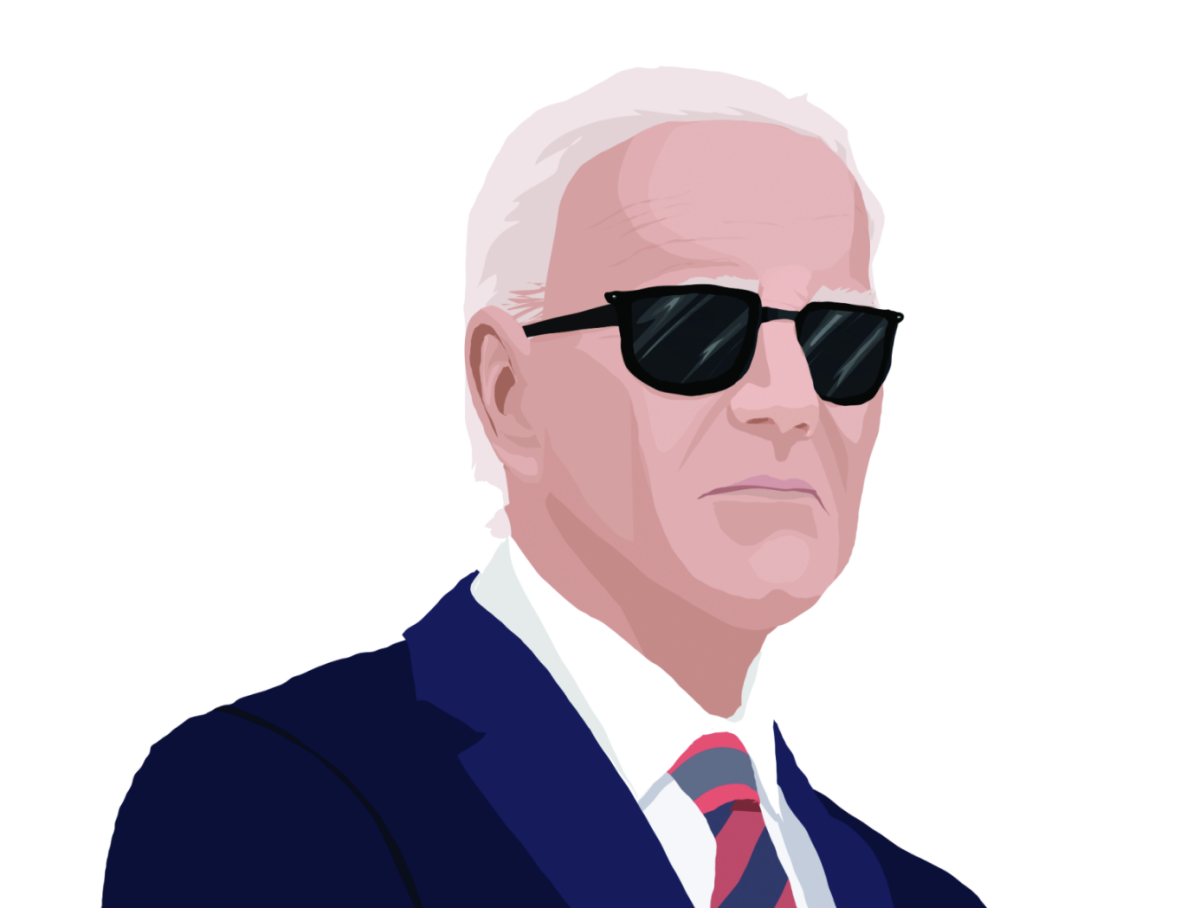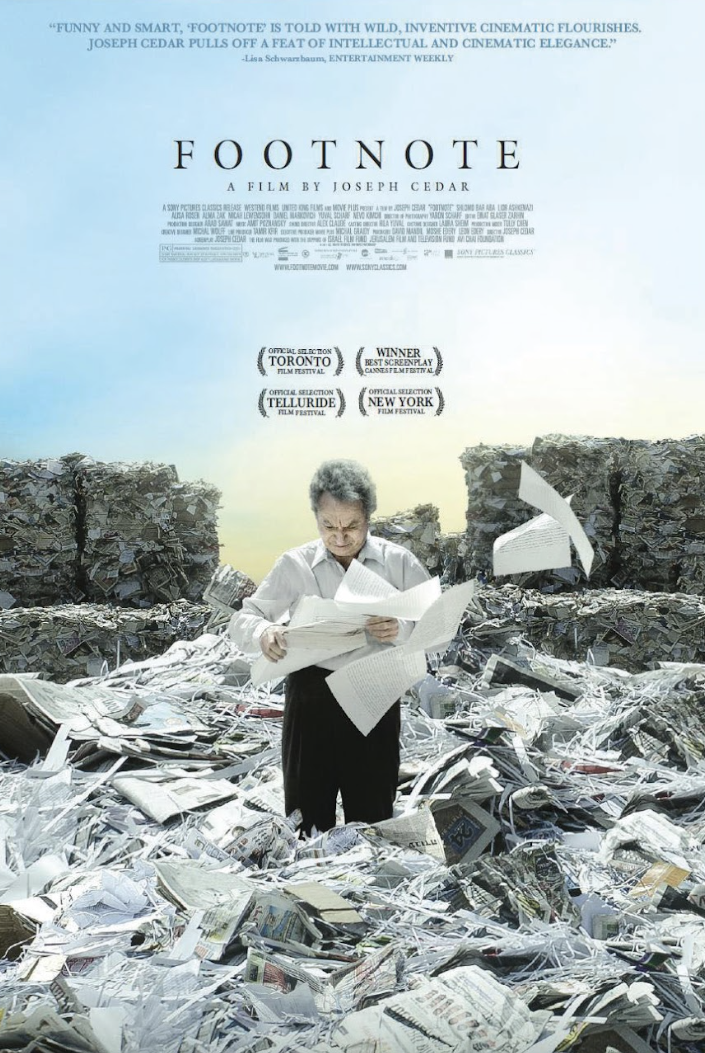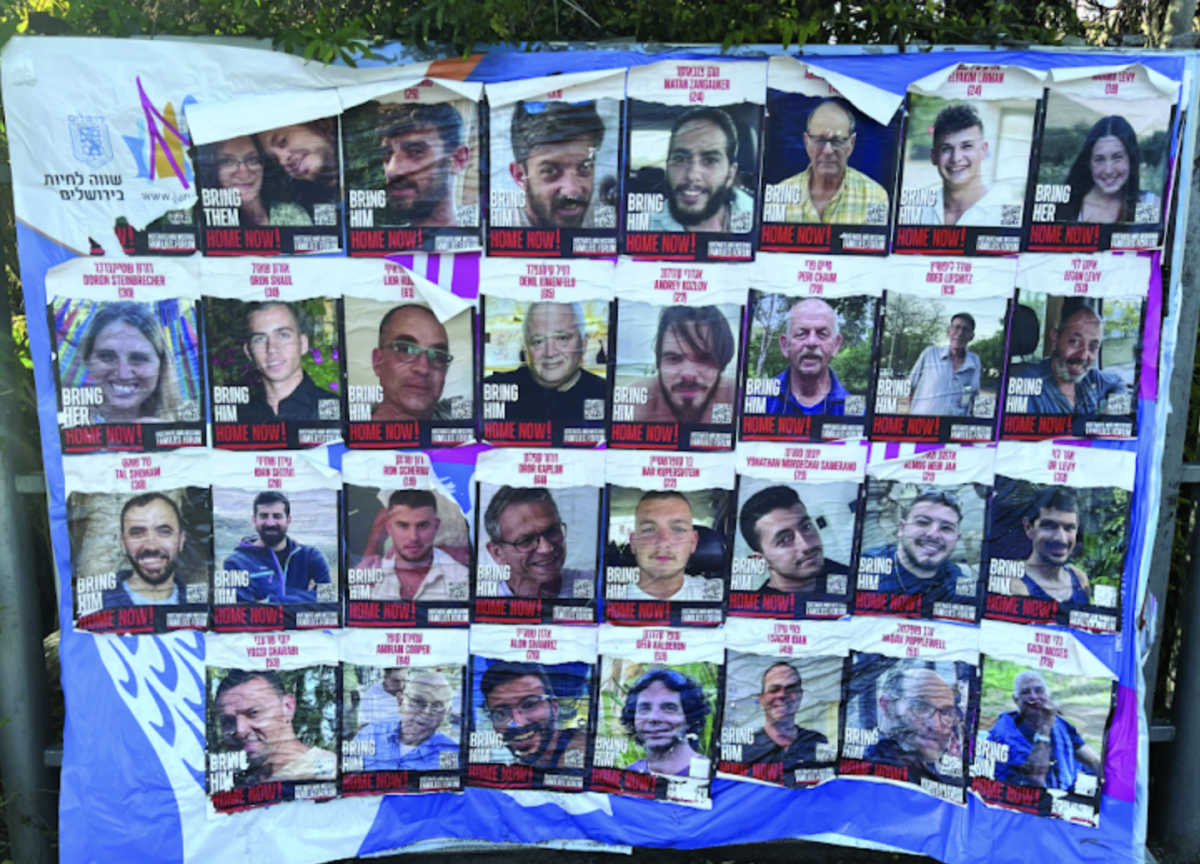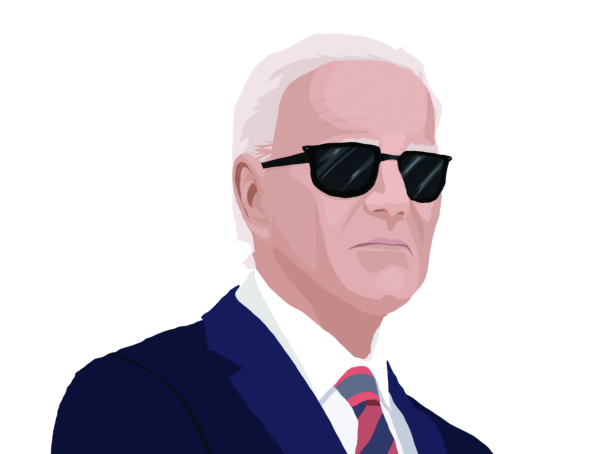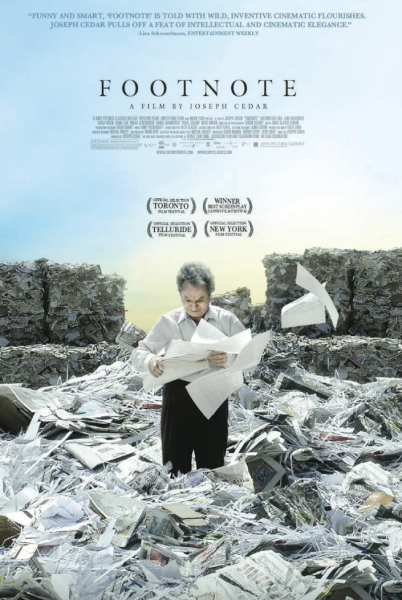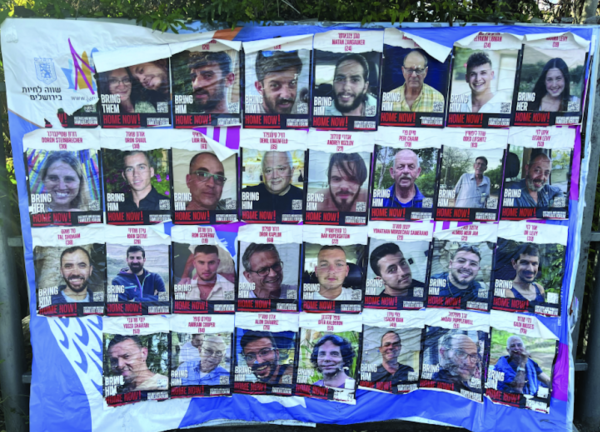Opinion: Transgender roles in media – it is time for producers to give trans people the voice they deserve
November 6, 2020
I remember getting my first American Girl Doll when I was eight. I got Rebecca, the first Jewish doll. It filled me with pride to know that this doll, with whom I shared my religion, was being sold everywhere. Many people don’t get to have that feeling of being seen, of feeling like a piece of them is being shared with others.
Representation in the media is essential, especially for kids. Good representation educates children and makes them feel seen. But for many years, the transgender and non-binary community have not been represented in media.
Transgender children have some of the highest attempted suicide rates of all minorities, and one cause of this is the lack of good transgender representation. For many years, transgender characters have been nothing but a joke, with no real development, storyline or expression of who they are.
This lack of representation can cause great harm to transgender children because it sends them a message that there is not a place for them in this world. By not giving transgender characters the storylines or screen time they deserve, transgender stories are neglected or laughed about.
A lot of the issues stem from the writing; if there are not any transgender people helping to write transgender stories, the product will end up being built out of stereotypes and generalizations rather than reality.
In an interview with IndieWire, actor Eliot Fletcher mentioned that he suggested rephrasing something in an audition, saying that it was not the way transgender people spoke about themselves. The role was then given to a cisgender woman, and the inaccurate line remained.
This shows the difference between helpful and harmful representation. Helpful representation hears and accepts the voices of those who have lived these stories. Harmful representation throws diverse characters in for brownie points, not caring about the actual harm they are doing.
Shows like the hit ‘90s sitcom “Friends” are examples of harmful representation. One of the main character’s father was shown as a drag queen on the show, but it was later announced that she was meant to be transgender. This character made it look like transgender women were nothing more than men dressing up and were consistently nothing more than the butt of a joke.
An example of helpful representation can be found in the Netflix show “The Chilling Adventures of Sabrina” which features a powerful gender queer actor. The show fleshes out the story of a young boy’s transition and the highs and lows of his transition.
The issue is easily comparable to the progression that gay representation has had over the years. Though they are now more greatly portrayed in TV shows, gay men and women were, and sometimes still are, boiled down to a stereotype and nothing more.
Transgender children are inevitably going to endure hardships in their lives because of their identity, and they deserve a character that they can relate to, who is three-dimensional, and more than their sexuality or gender identity. So often transgender people are marked off as transgender and nothing more, but every transgender and non-binary person has so much more to them.
Some may say that with the giant strides the media has made in terms of representing the LGBTQ community, transgender and non-binary folks should be happy, but they do not have to be. They should not have to settle for halfway; they should have their stories being told authentically.
It is essential that the TV industry bring in not only more transgender characters but more transgender characters with stories that are more than just their journey with gender.


